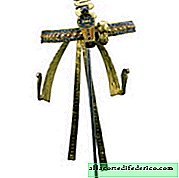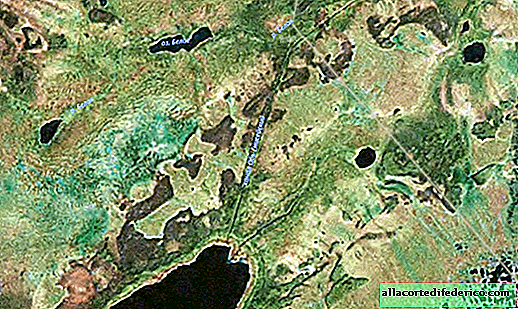Photo of 20 amazing things that were found by scientists in the tomb of Tutankhamun
Tutankhamun is one of the most famous pharaohs of antiquity, who ruled for a short time in Egypt in the first half of the 1300s BC. We owe the discovery of his tomb to the English archaeologist, who in 1922 found it in the Valley of the Kings. As it seemed at that time, this place has already been studied far and wide and the chance to discover something new here is extremely negligible. But what was the surprise of Egyptologists and the public when a group of researchers stumbled upon the cherished 12 steps leading to the tomb of Tutankhamun himself. Newspapers were strewn with headlines, tourists rushed into the Valley in droves, and the treasures stored inside were in their original form, not plundered by robbers for so many years, and were of great value. Here are some items discovered by scientists in the royal tomb.
A diadem made of gold to support the wig of the pharaoh during ceremonies.

Precious bracelet depicting a scarab beetle.

A monkey is a toy played by the children of the pharaohs.

Another favorite toy is a spinning top.

Umbrella ruler.

Pectoral is an ornament that the young pharaoh wore on his chest.

Sandals from the papyrus in the ancient tomb were as many as one hundred pairs, some were preserved quite well.

Tutankhamun's bronze sword for ceremonies.

A sculpture depicting Tutankhamun, which the master carved from wood.

Royal ivory boomerang.

Sandals with gold beads.

And these are completely made of gold.

The small armchair on which the pharaoh sat when he was still a child.

Board for playing Senet.

Tutankhamun's shield. There were four of them in the tomb.

The ark from alabaster, where the insides of an early deceased ruler were kept.

The royal chariot.

Massive pendant on which the scarab is expected to be present.

Mini version of the boat of the pharaoh.

A stand whose purpose is to support the head of the sleeping person. Made of ivory.


















